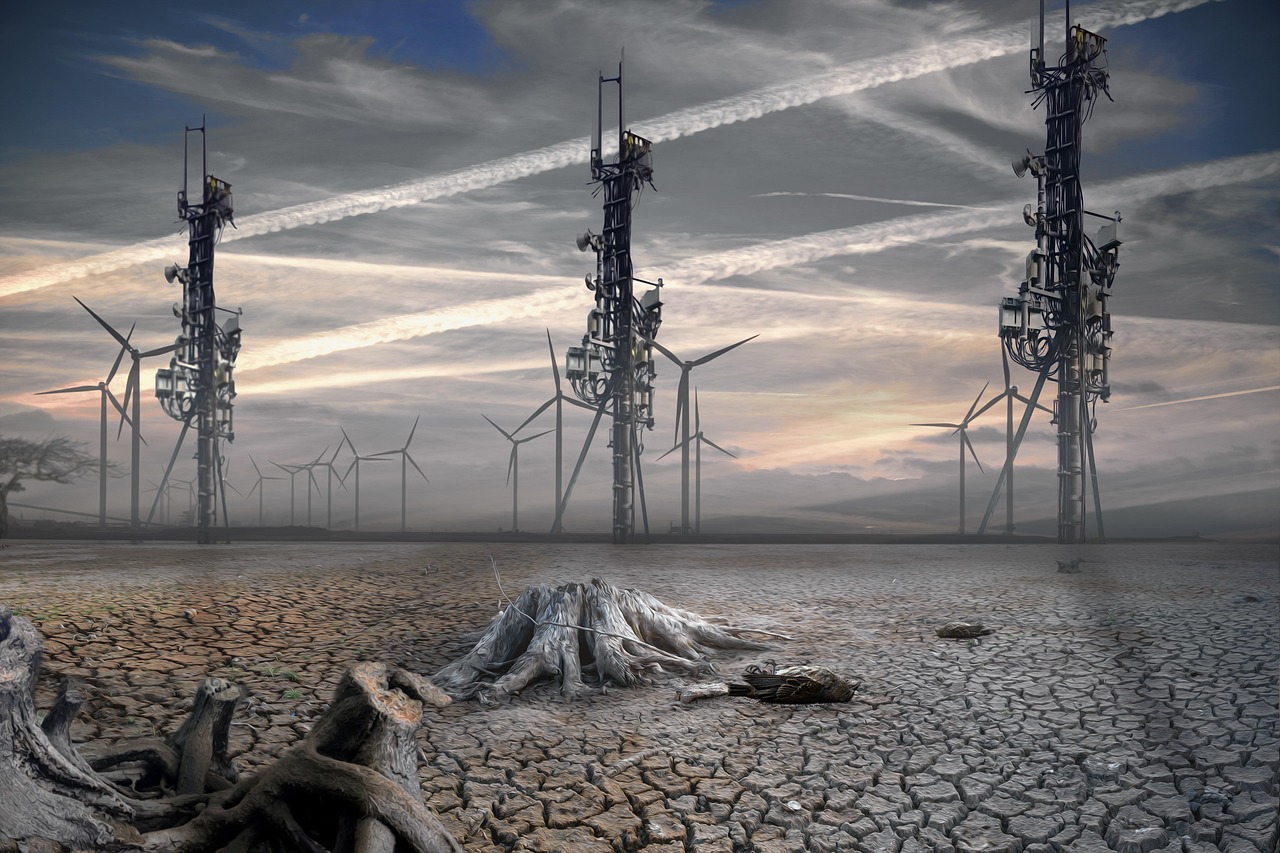The potential connection between exposure to radiofrequency radiation from wireless communications, including 5G technology, and coronavirus disease-19 (COVID-19) has been a topic of debate. Some suggest that radiofrequency radiation may have contributed to adverse health outcomes in COVID-19 patients. Research by Beverly Rubik and Robert R Brown recommends reducing exposure to wireless communication radiation to mitigate potential health risks. This narrative focuses on the physical effects of radiofrequency radiation on health, emphasizing the need for caution in wireless technology deployment.

However, while the mainstream view emphasizes the benefits of 5G technology in enhancing various sectors like healthcare, supply chains, and retail, a deeper examination reveals a more intricate agenda at play. The global momentum behind 5G, despite pandemic disruptions, showcases a relentless push towards its implementation. China’s active involvement in driving 5G adoption underscores the strategic importance of this technology in shaping the future of connectivity and economic growth.
The narrative shifts when we uncover the underlying pattern of 5G infrastructure development amidst the COVID-19 pandemic. The slowdown in 5G rollout in 2020 did not impede the overall investment and competition among communication service providers. Governments worldwide are prioritizing 5G infrastructure as a catalyst for economic recovery, emphasizing the pivotal role of 5G in the era of digitization and Industry 4.0. This strategic focus on 5G raises questions about the true intentions behind its rapid expansion.
The implications of this orchestrated push for 5G infrastructure reveal a deeper layer of control and surveillance embedded within the technological advancements. The convergence of 5G with AI, virtual reality, and low latency networks signifies a shift towards a more connected, but also monitored society. The potential for AI-driven automation in network control raises concerns about privacy and autonomy in a world where every aspect of life is intertwined with a digital grid.
As we scrutinize the actors involved in promoting 5G technology and its underlying integration, the intent, means, and opportunity become clearer. The World Economic Forum, in its pursuit of the Fourth Industrial Revolution, sees 5G as a linchpin for the transformation of industries and societies. The means to achieve this lie in the strategic investments, global partnerships, and regulatory frameworks that pave the way for widespread 5G adoption. The opportunity presented by the pandemic, with its focus on remote work and digital solutions, has accelerated the acceptance and integration of 5G into everyday life.
Looking ahead, the trajectory set by the relentless progression of 5G technology intertwines with the broader historical context of technological revolutions. The unfolding narrative of the Beast System, integrating surveillance, finance, and biotech control, finds a powerful ally in the pervasive reach of 5G networks. It is imperative for humanity to grasp the implications of this trajectory and question the balance between technological advancement and individual sovereignty in the face of an increasingly interconnected and monitored world.

